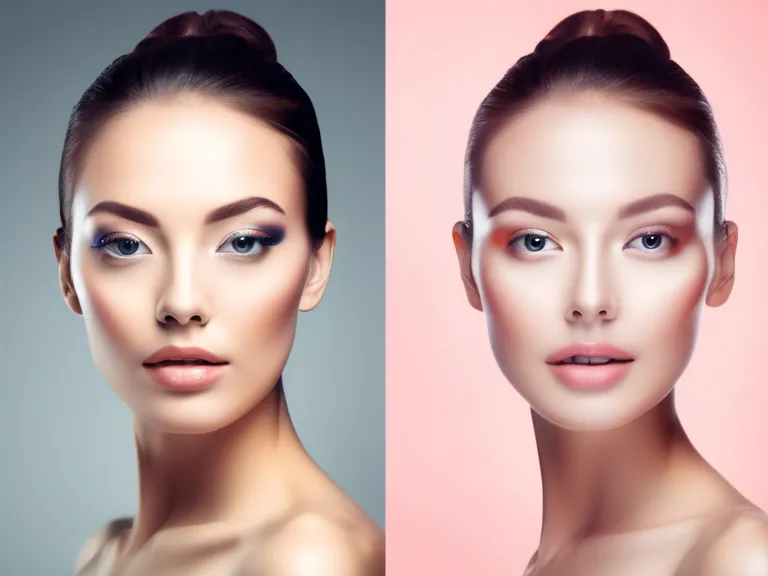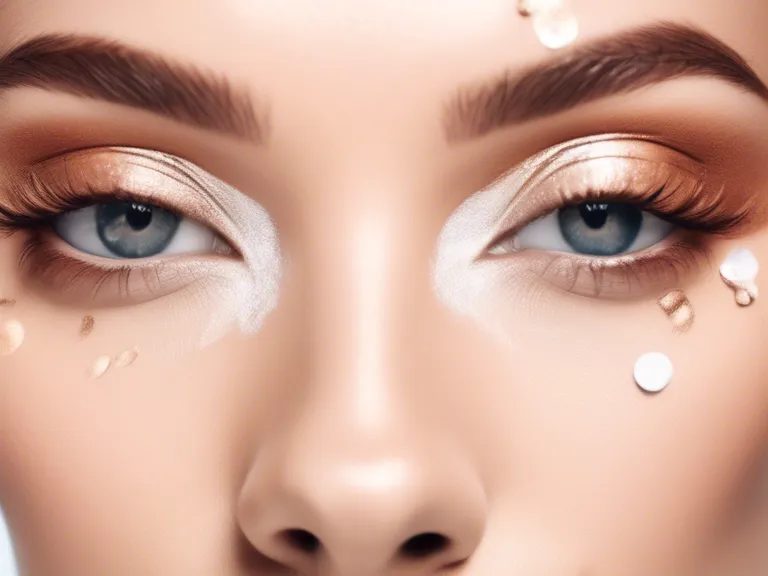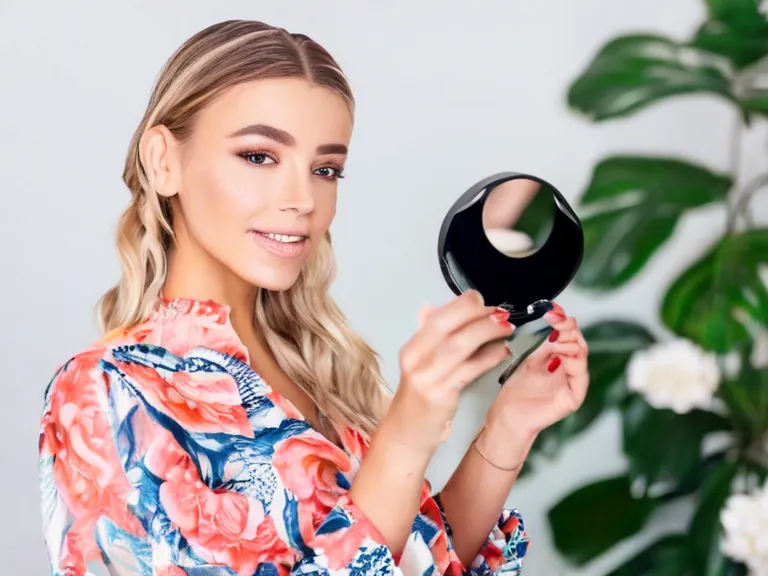
Beauty Filters as a Marketing Tool: The New Frontier in Digital Advertising
In today's digital age, beauty filters have become a ubiquitous feature on social media platforms. These filters allow users to alter their appearance in photos and videos, creating idealized versions of themselves with flawless skin, bright eyes, and perfectly sculpted features. While these filters are often used for fun and entertainment, they have also become a powerful marketing tool for brands looking to reach consumers in new and innovative ways.
One of the key benefits of beauty filters as a marketing tool is their ability to create aspirational content that resonates with consumers. By showcasing products in the context of these idealized images, brands can appeal to consumers' desires for beauty and perfection. This can help drive engagement and interest in a brand's products, ultimately leading to increased sales and brand loyalty.
Furthermore, beauty filters can also be used to create interactive experiences for consumers. Brands can develop custom filters that allow users to try on different makeup looks or hairstyles, virtually test out products, or participate in fun challenges. These interactive experiences not only engage consumers but also create opportunities for brands to gather data and insights about their audience's preferences and behaviors.
Additionally, beauty filters can help brands showcase their products in a more authentic and relatable way. By featuring real people using their products in filters, brands can demonstrate how their products can enhance consumers' natural beauty and empower them to express themselves creatively. This can build trust with consumers and position the brand as a leader in the beauty industry.
In conclusion, beauty filters are a powerful marketing tool that can help brands reach and engage consumers in new and exciting ways. By using filters to create aspirational content, interactive experiences, and authentic representations of their products, brands can drive interest, sales, and brand loyalty in the digital age.



